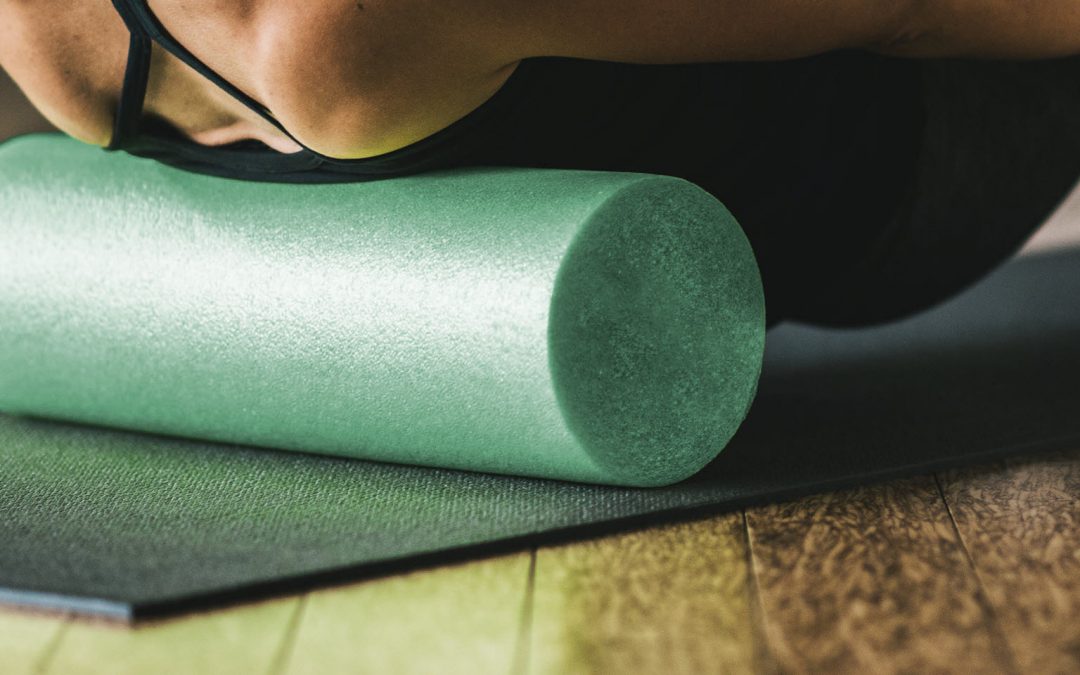Written by Jacob Ott
The term self myofacial release (SMR) also known as foam rolling has changed throughout the years of being seen as an elite approach to self recovery whereby only athletes , coaches or therapists would utilise the wide range of benefits it may provide. To date, people of all fitness and health levels can find a foam roller or trigger point ball sold right here at Sydney Sports Physio and Rehab, thereby allowing the everyday Joe to perform some SMR during the work break after sitting for multiple hours or releasing tension at home while watching the weekly TV hits.
SMR simply implies self massage to release muscle tightness or trigger points. The theory behind this approach is by applying pressure to specific points on the body the individual is able to aid in the recovery of muscles and assist in returning them to normal function (normal meaning elastic and ready to perform on command).
What is a trigger point and do I have one?
These are specific knots that form in the muscles and are unique because they can be identified according to pain referral (pain felt when pressure is applied to one area of the body, however with pain also being felt or radiated in another area).
Foam rolling hurts: Why should I do it?
SMR provides the user the ability to control the healing and recovery process by applying pressure to precise locations because only the individual can feel exactly what is happening. The release of trigger points is beneficial to the body as it restores proper movement patterns and pain free movement which ultimately lead to enhanced performance. If one or more areas of the body are restricted in movement, a compensation effect will occur leading to a cascade of effects that proceed to injury as a result of this. Foam rolling therefore provides assistance in breaking up muscle knots, resuming blood flow and function to the area.
A study observing foam rolling before performing a series of athletic tests found that post exercise fatigue after foam rolling was significantly less thereby indicating that the reduced feeling of fatigue may allow participants to extend acute workout time and volume, which can lead to chronic performance enhancements via more efficient recovery.
How to properly foam roll
Apply moderate pressure to a specific muscle or muscle group using the roller and your bodyweight. Remember to roll slowly (no more than one inch per second) and pausing for several seconds when you discover areas that are tight or painful. After 5-30 seconds the area should begin to relax and the discomfort should begin to lessen.
If you find an area that is too painful to apply pressure directly, work on the surrounding musculature and gradually progress to loosen the entire area. The choice of objects may also be experimented with to achieve a more effective pressure trigger such as a hard tennis ball.
How should I feel after foam rolling?
Soreness may follow for the next 24 hours and your muscles should feel as if they have been worked. Excessive soreness isn’t recommended and if this is the case then it is a cue to reduce the volume of foam rolling for the next session. As a general rule, after foam rolling the individual should allow 48 hours recovery before attending the same muscle area again.
References
Healey, K. C., Hatfield, D. L., Blanpied, P., Dorfman, L. R. & Riebe, D. (2014). The effects of myofascial release with foam rolling on performance. J Strength Cond Res. 28(1): 61–68.


